Introduction
In the world of energy efficiency and cost-saving measures, the role of oil burner nozzles is often overlooked. These small but mighty components are the heart of forced combustion air burners, atomizing fuel oil to enable it to burn efficiently. With the evolution of technology, modern oil burner nozzles have undergone significant improvements, offering enhanced performance, longevity, and cost-effectiveness. This article delves into the intricacies of oil burner nozzles, their evolution, types, and how they contribute to maximizing efficiency and saving money.
Understanding Oil Burner Nozzles
Oil burner nozzles play a crucial role in forced combustion air burners. They work with an oil pump to atomize fuel oil, enabling it to burn. The process involves raising the fuel's pressure and forcing it through the nozzle, resulting in vaporized fuel. This vaporized fuel is then mixed with air and burned. Nozzles also help meter the fuel usage and vaporize the fuel in a pattern that suits the burner chamber of the equipment. Regular replacement of nozzles is necessary for clean and reliable burner operation.
The Evolution of Oil Burner Nozzles
Oil burner nozzles have evolved significantly over time. Initially, fuel was passed over a tiny orifice fed with compressed air, a system known as the Babington atomiser/nozzle. However, these nozzles faced issues of erosion due to friction with the oil. The modern nozzles are supplied with high-pressure oil and are characterized by their fuel volume flow per unit time. They are designed to handle the oil pressure and are replaced when worn out. This evolution has led to improved efficiency and longevity of oil burners.
Types of Modern Oil Burner Nozzles
Modern oil burner nozzles come in various types, each with unique characteristics. Solid Cone Nozzles, also known as Type B nozzles, have a solid core spray pattern and are often used in larger oil burners. Hollow Cone Nozzles, or Type A nozzles, feature a hollow-core spray pattern. There's also the Semi-Solid Cone Nozzles, or Type W nozzles, which offer a spray pattern that's in between a hollow and solid cone. The type of nozzle used can significantly impact the efficiency and performance of your oil burner.
Solid Cone Nozzles
The Solid Cone 'R' Series, ranging from .40 to 3.50 USGPH, is a versatile nozzle suitable for most burners. Its atomization of oil isn't as fine as the 'NS' series, but it's regularly supplied unless customers specify otherwise. The Special Solid Cone 'AR' Series, from .50 to 3.50 USGPH, is increasingly used due to its success in achieving quiet combustion in some flame retention head burners. It's often specified on original equipment.
Hollow Cone Nozzles
Hollow Cone Nozzles, often marked as 'Type A', are a common type of oil burner nozzle. They produce a hollow spray pattern, meaning the core of the spray contains fewer droplets. This type of nozzle is suitable for many oil burners, providing a fine spray that assures as complete combustion of the heating oil as possible. However, it's crucial to ensure the nozzle is properly adjusted and clean to avoid issues like grubbiness, especially if the fuel is contaminated.
Semi-Solid Cone Nozzles
The Semi-Solid Cone 'PLP' Series is a standard nozzle for larger capacities. It offers fine atomization and a 'solid' spray pattern up to about 3.50 USGPH, gradually becoming more 'hollow' in the larger sizes. This series is widely used due to its ability to provide a balance between solid and hollow spray patterns, making it versatile for various burner types. The 'PLP' series is a testament to the evolution of oil burner nozzles, showcasing the innovation and precision that goes into their design and manufacturing.
How Modern Nozzles Enhance Efficiency
Modern nozzle line oil heaters enhance efficiency by maintaining consistent oil viscosity, improving atomization, and reducing fuel flow rate. This leads to cleaner combustion at start-up, rapid flame stabilization, and less heat exchanger fouling. The heaters are most effective during the first two minutes of burner operation, reducing transient smoke and improving overall burner performance. This results in reduced service hassles and improved efficiency, making them a cost-effective choice for oil burners.
Fuel Consumption Reduction
Nozzle flow is rated in GPH @ 100 psi pressure. One gallon of #2 fuel oil contains approximately 140,000 BTUs. So, a 1-GPM nozzle @ 100 psi is a 140,000 BTU burner input. If the burner efficiency is 80%, 20% of the fuel energy goes up the flue as unused energy. If you need a 1-GPM nozzle, but you only have a .75-GPM nozzle available, increasing the pump pressure above 100 psi can allow for the same amount of fuel input with a smaller nozzle. This allows for a cleaner light-off, cycle, and shutdown.
Improved Burner Performance
A nozzle is expected to deliver properly atomized fuel at a precise rate under various conditions. Despite adverse conditions, the nozzle must deliver properly atomized fuel at the correct rate, pattern, and angle. This is crucial for improved burner performance. However, nozzle selection is influenced by the environment into which the burner is being placed. The nozzle that provides the highest level of performance in terms of CO₂ and smoke is not always the one that provides the smoothest light-off and run. Therefore, it's essential to follow the manufacturer’s recommendations.
Reduced Maintenance Costs
Regular maintenance of oil burners, including the replacement of nozzles, can significantly reduce maintenance costs. Regular tune-ups increase the lifetime of the system, reduce breakdowns and repair costs. For oil systems, the service technician can install a smaller nozzle, which costs just a few dollars, but can cut fuel bills by 5–10%. Nozzles are sized according to fuel-flow rates. A properly sized flame-retention burner with reduced nozzle size should save 10–20%.
Environmental Benefits
Modern oil burner nozzles, particularly those used in waste oil heaters, are designed to minimize harmful emissions. These nozzles ensure a clean and efficient burn, reducing the impact on air quality. Additionally, using waste oil as a fuel source helps to reduce the amount of waste oil that ends up in landfills or is improperly disposed of, contributing to a more sustainable environment. This promotes energy independence and can help protect against fluctuations in fuel prices. Moreover, waste oil is a renewable resource, making oil burners with modern nozzles a more sustainable heating option.
Choosing the Right Nozzle for Your Oil Burner
Choosing the right nozzle for your oil burner involves several considerations. Firstly, the flow rate of gas oil, determined by the gallon number on each nozzle, is crucial. Factors such as altitude and pressure can affect this. Secondly, the spray angle of the gas oil is determined by the length of the boiler. For instance, 45 degrees nozzles are used for longer boilers, while 60 or 80 degrees nozzles are used for shorter ones. Lastly, the spray form of gas oil varies according to the type of nozzle chosen. Common choices include S or B shape-spraying nozzles.
Conclusion
In conclusion, the modern oil burner nozzle is a marvel of engineering, designed to maximize efficiency and save money. Its evolution has led to improved performance, reduced maintenance costs, and environmental benefits. The choice of nozzle type can significantly impact the efficiency of your oil burner, with each type offering unique characteristics. Modern nozzles enhance efficiency by maintaining consistent oil viscosity, improving atomization, and reducing fuel flow rate. Furthermore, regular maintenance and choosing the right nozzle for your burner can lead to significant cost savings and improved burner performance. As we strive for energy efficiency and sustainability, the role of oil burner nozzles becomes increasingly significant.

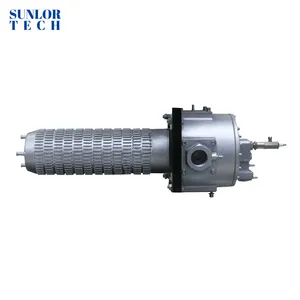



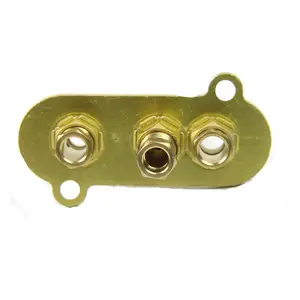

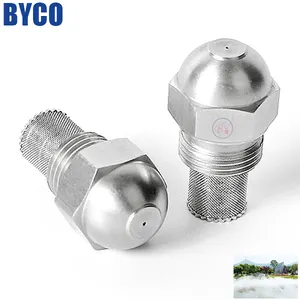

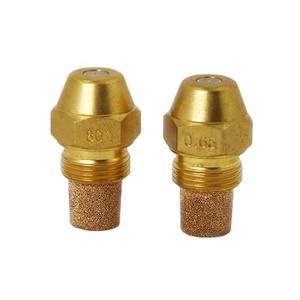



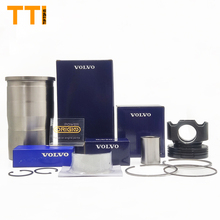


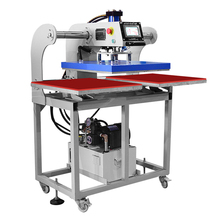
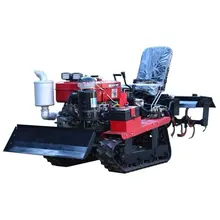
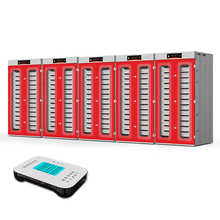


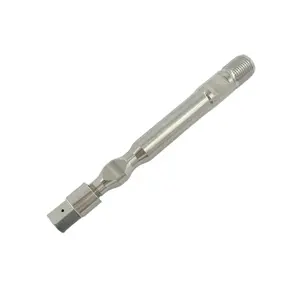
























 浙公网安备 33010002000092号
浙公网安备 33010002000092号 浙B2-20120091-4
浙B2-20120091-4